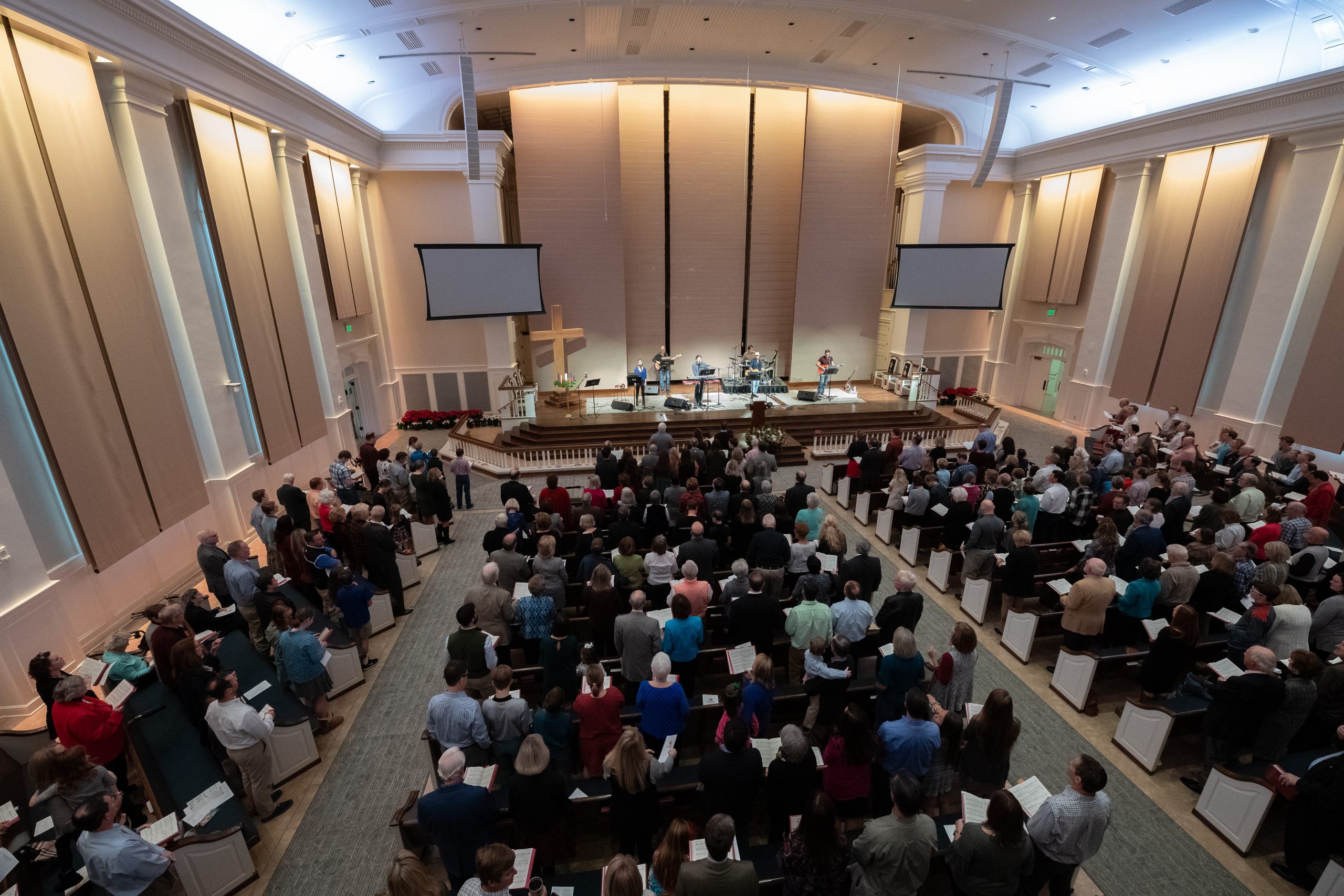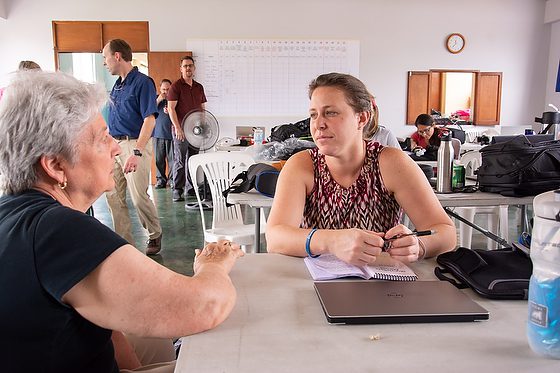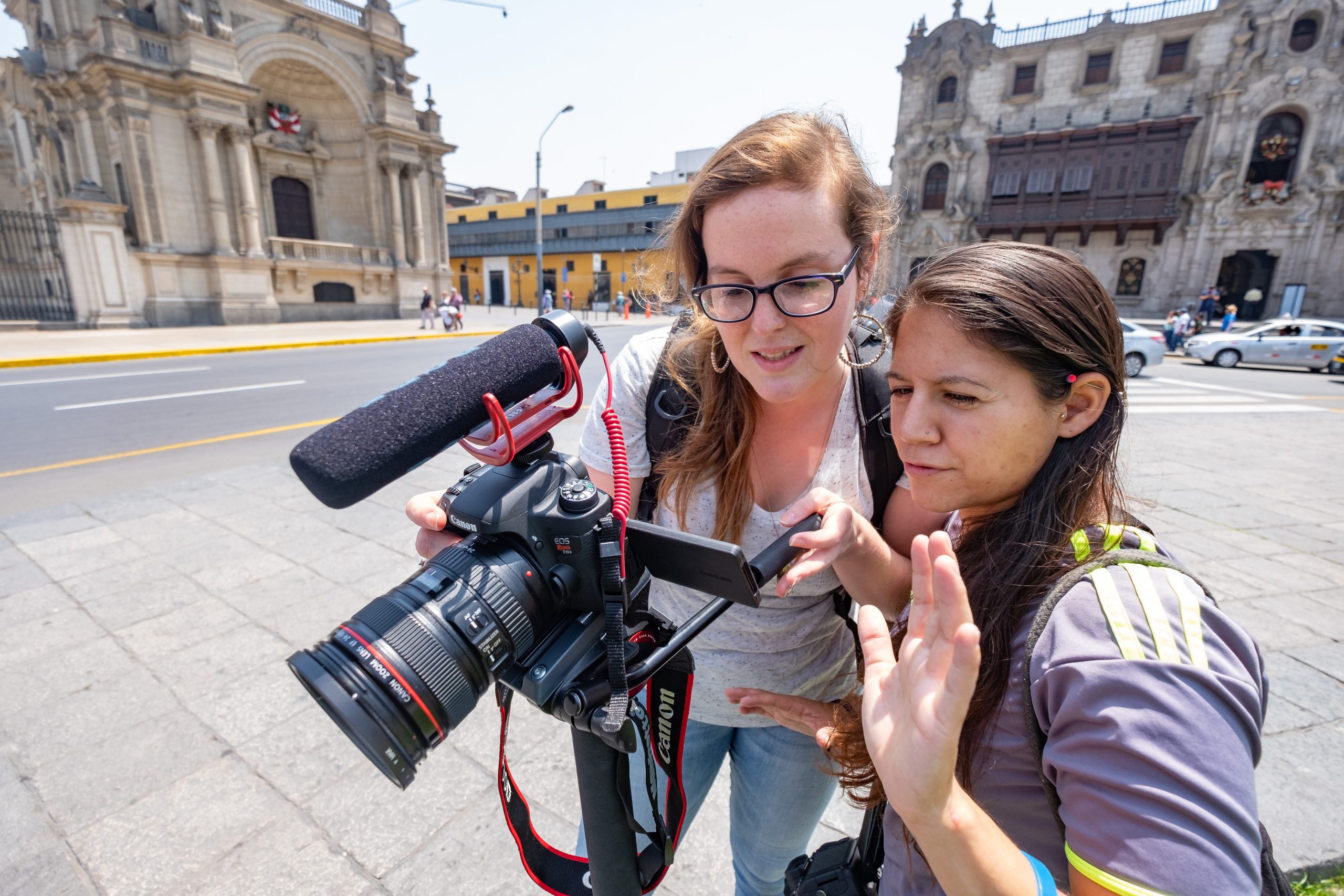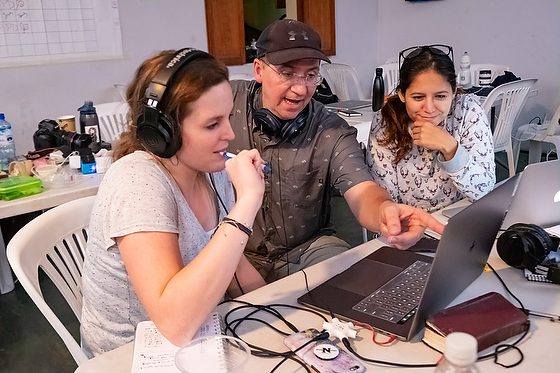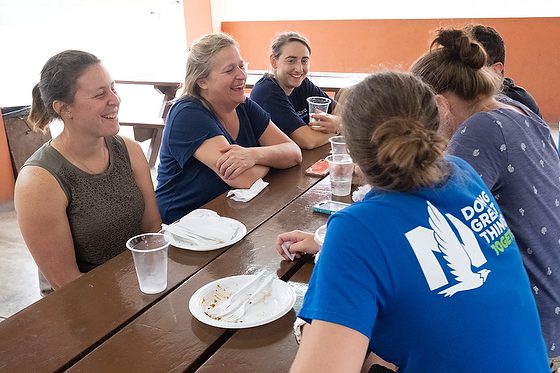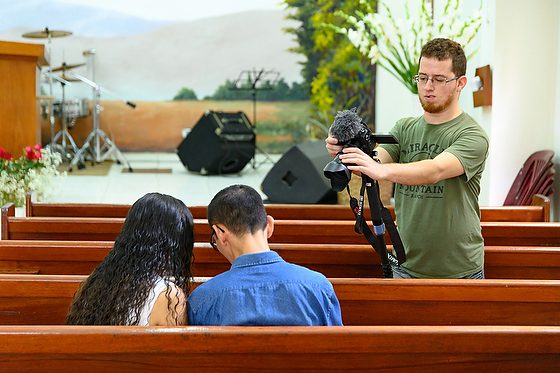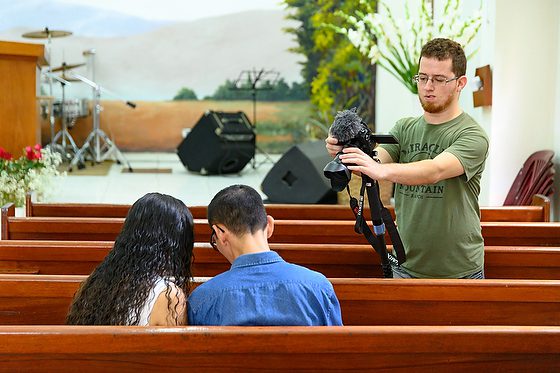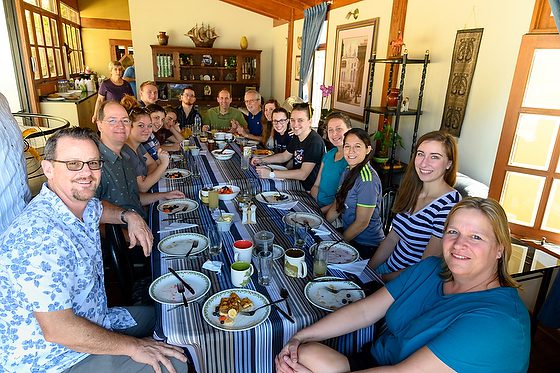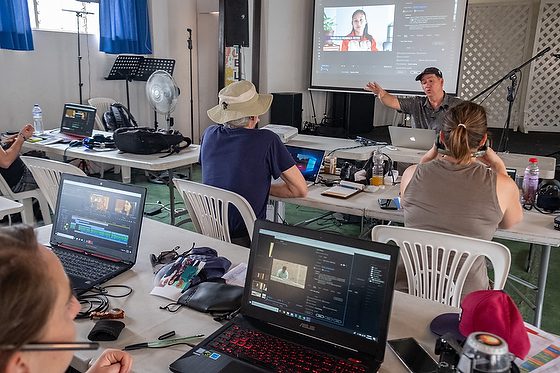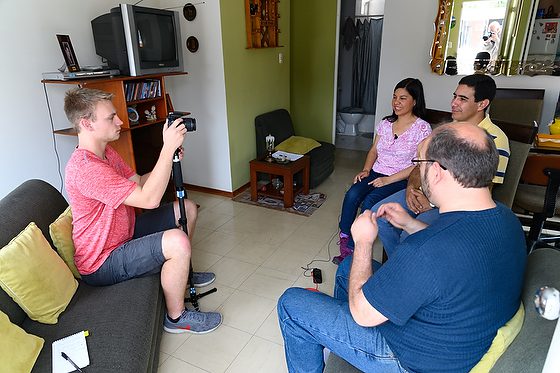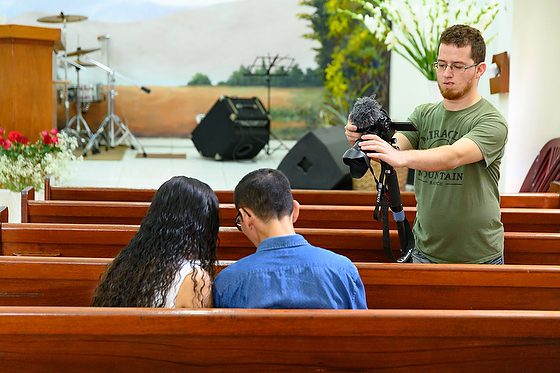Look carefully at these first two photographs. What is similar, and what is different?

They are in the same church on the same day. The difference is the church has two types of worship services.
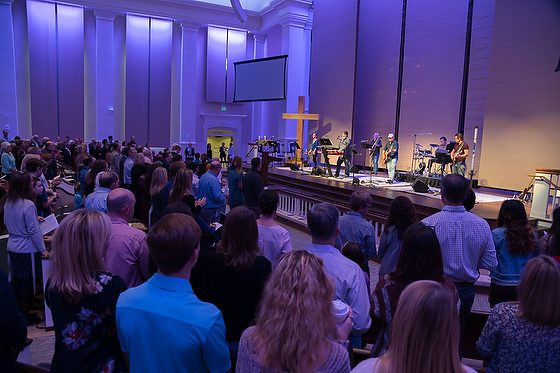
The very first photo is from the 8:45 a.m. Contemporary Worship Service and the second is from the 11:05 a.m. Traditional Worship Service. They went to great lengths to make transforming of their large sanctuary from a traditional church to a contemporary space. They have fabric that covers all the walls to keep the Rock Style band music from bouncing around too much in the space to allowing the traditional Choir to reverberate during the traditional service.
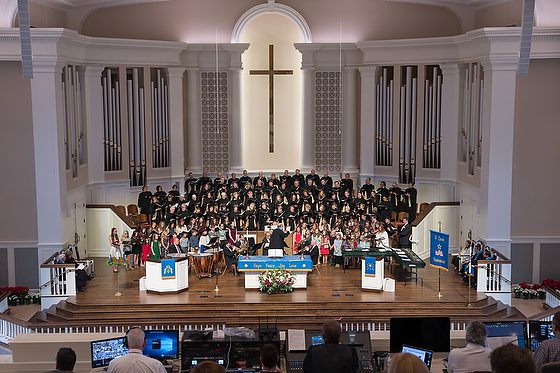
The senior pastor speaks at both services.
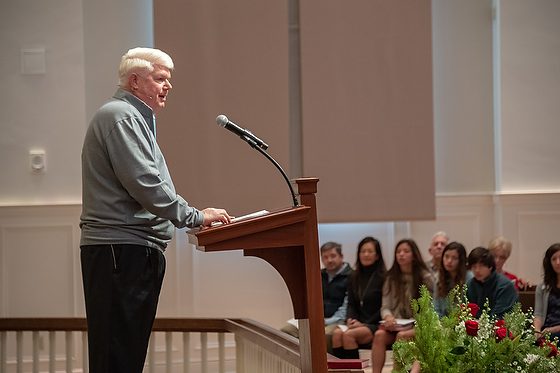
There is little difference between the two other than just his dress code.
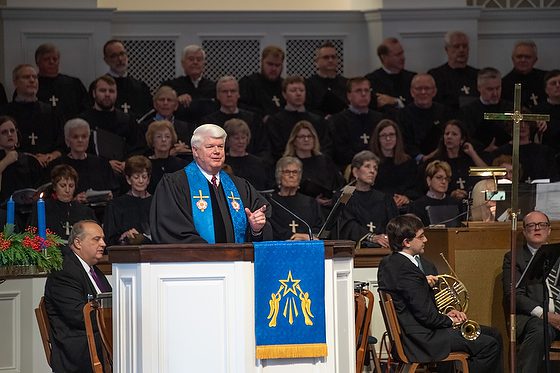
Just six years ago, the church added a contemporary service that met in their gym. It is now the best-attended service and needs more space. This is why they converted their most significant space to accommodate the group.
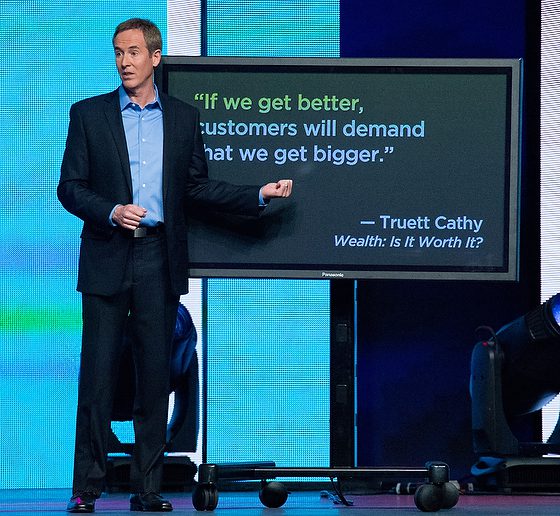
One of the largest churches in America, North Point Community Church, is nearby. Many churches lost members to this church because of the style of worship and sermons.
When Andy Stanley started the church in November of 1995, they intentionally created a new format and wanted to be different than all the churches in the area. Andy said, “Atlanta does not need another church. Atlanta needs a safe environment where the unchurched can come and hear the life-changing truth that Jesus Christ cares for them and dies for their sins.” So began North Point Community Church.
Andy understood the audience better than most at the time for Atlanta in 1995.
WHY CHURCHES ARE DYING AND DECLINING FASTER TODAY
Slow response to change as change accelerates all around us. Many churches are incredibly slow to change. For most of our American history, the pace of cultural and technological change was sufficiently paced for churches to lag only five to ten years. Now churches are lagging 20 and 30 years as the pace of change increases dramatically. To many attendees and members, the church thus seems increasingly irrelevant. To be clear, I am speaking about issues of style, methodology, and awareness, not changing doctrine or biblical truths. A recently interviewed church guest said it clearly: “I stuck with my parents’ church as long as I could. But I had enough when we had a big blow-up over projection screens in the worship center. I wanted to go to a church where matters of minutia were not issues to fight over.”
I believe that the church isn’t the only organization that has to do a better job of understanding its audience. Journalism has suffered dramatically because they have lost touch with its audience.
Like the growing churches, the content should not change; instead, the issues of style, methodology, and awareness need to change.
Today communicators need to do a better of getting to know their audience. While you must master the subject to communicate it, just as importantly, you must pay as much attention to the audience’s understanding.
One of the most significant problems people have with anything they create is that they think people will discover them. Well, the smart ones know you have to advertise and appeal to the needs of that audience to engage them.
I know that some of the most successful organizations are those that have created a fictitious family/customer. This family represents the median of the bell curve of that community.
I have listened to writers and editors arguing over why Sam and Sally [fictitious couple] would be interested in a story.
If you cannot tell me why a story you are working on is necessary for those in your audience to see, then the odds of anyone reading it are not good.
You have to tell people how this information can impact their lives. Surprisingly I have been shocked when people show me their work in journalism, and I ask why they did a story that they cannot tell me why the audience needs to know about it.
If you know your audience and your subject, you will not have to worry about a Plan “B.”

